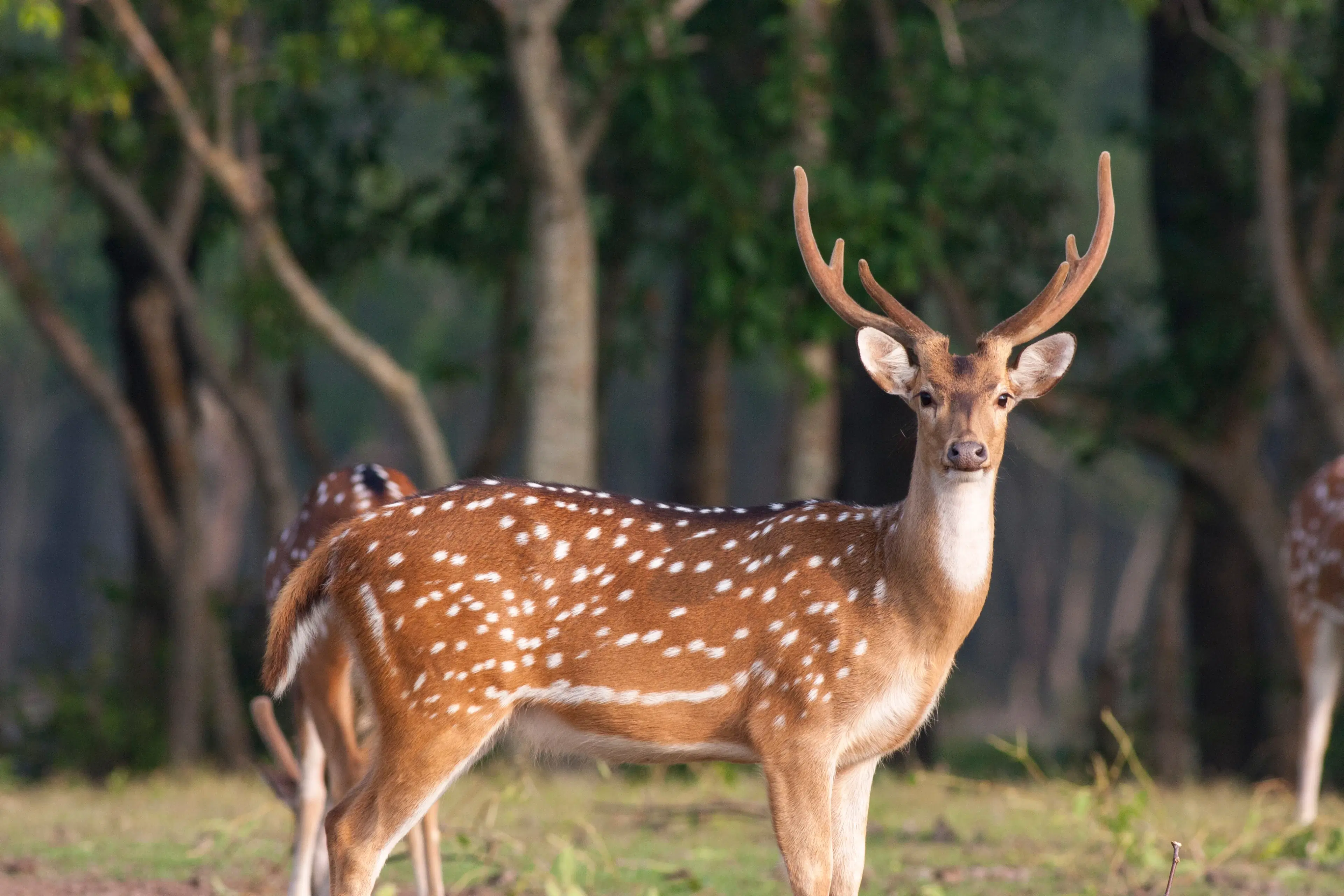
Hotels
•04 min read

India is home to a stunning mix of landscapes and wildlife. Its national parks and wildlife sanctuaries offer a glimpse into nature's best. These protected areas are important for conservation and offer unforgettable wildlife tourism in India. This guide provides a complete checklist for planning your trip to national parks and wildlife sanctuaries in India. You will learn about top parks, unique accommodations, and essential travel tips for a safe and eco-friendly adventure.
India boasts diverse ecosystems. From tropical rainforests to alpine habitats, each park provides a home for rare species. There are many national parks and wildlife sanctuaries in India that play a key role in conserving global biodiversity. The landscapes, animals, and plants of these places make them truly unique.
Wildlife tourism in India offers experiences that cannot be found elsewhere. Many parks are famous for their tiger reserves, bird sanctuaries, and unique safari adventures. Visitors can enjoy close encounters in places known for their rich wildlife, including popular parks like Jim Corbett, Kaziranga, Ranthambore, and Sundarban. These parks provide a mix of mystery and adventure as you connect with nature.
India's national parks are spread across different regions. For example, Madhya Pradesh is known for its numerous parks, while Rajasthan offers parks with tiger reserves. Assam houses famous parks for one-horned rhinos, and Kerala is renowned for its bird sanctuaries and lush landscapes. Research by state helps you focus on the destinations that match your interests.
The ideal time to visit varies with each park. Some parks are best enjoyed in winter, especially those known for bird sanctuaries. Others, especially for tiger sightings, may be better in summer. It is important to check park-specific opening days and seasonal conditions before planning your visit.
Advance planning is key. You may need to book safaris and get entry permits ahead of time. The process can be simple when you work with reputable tour operators. Booking early gives you the best chance to enjoy your planned activities without stress.

Many lodgings near wildlife sanctuaries in India are designed with sustainability in mind. Eco-friendly hotels promote conservation and help reduce your travel footprint. At the same time, there are options for luxury stays. Boutique jungle lodges and upscale resorts provide premium safari experiences near national parks and wildlife sanctuaries in India.
Not everyone travels on a high budget. There are many budget stays near Indian wildlife parks that offer comfort and convenience. These options are family-friendly and include amenities such as kid-friendly activities and local cuisine. Staying close to nature reserves can make your wildlife adventure even more rewarding.
Safari lodges in Indian wildlife sanctuaries provide immersive experiences. Guests can join guided nature walks, photography tours, and special wildlife encounters. These stays enhance the thrill of exploring the natural world while keeping comfort and adherence to nature in focus.
Preparing well ensures a smooth journey. Consider bringing binoculars, cameras, and weather-appropriate clothing. Sturdy footwear, mosquito repellents, and reusable water bottles are also must-haves during your trip to national parks and wildlife sanctuaries in India. Maintain an eco-friendly mindset by packing reusable items to minimize your impact on nature.
Safety is a top priority. Always follow park rules and guidelines. Keep your voice low and avoid disturbing the wildlife. Staying at a safe distance and following instructions during safaris helps protect you and the animals. Such careful behavior supports conservation efforts while ensuring an enjoyable journey.
Did you know? Choosing eco-friendly accommodations and guided tours not only enhances your experience but also directly supports conservation projects and local communities.
There are many safari options available. Visitors can choose from jeep safaris, elephant rides, and even boat safaris. Some parks arrange night safaris to view nocturnal wildlife. Others are perfect for birdwatching tours. This variety allows you to explore India's national parks and wildlife sanctuaries in India in different ways.

Photography lovers will find plenty of opportunities. Official tours often include walks where you can capture moments in parks like Bandhavgarh and Kanha. Walking trails offer a closer look at nature's details. A little patience and the right angle can help you capture those once-in-a-lifetime shots.
Many parks support local communities. You may have the chance to interact with villagers or attend local programs provided by park museums. These experiences add meaning to your visit and deepen your understanding of conservation. They blend wildlife tourism in India with unique cultural insights.
There are 106 national parks and 564 wildlife sanctuaries in India.
Some key sanctuaries include those famous for rhinos, birds, and big cats. Examples include Kaziranga Wildlife Sanctuary and Periyar Wildlife Sanctuary.
Madhya Pradesh has the most national parks, with a total of 11.
A national park focuses on strict conservation with limited human interaction, while a sanctuary allows controlled human activities like grazing or gathering forest products.
Many eco-friendly hotels are available near nature reserves in India, offering great options for sustainable travel.
Planning ahead is vital for a rewarding adventure in India's national parks and wildlife sanctuaries. A well-prepared itinerary enhances your wildlife tourism in India while ensuring safety and enjoyment for all. Whether you choose luxury stays, budget options, or family-friendly accommodations, the emphasis is on responsible travel and environmental care. Let your journey be guided by a passion for nature and a respect for local ecosystems. This checklist supports you in making informed decisions and encourages a deeper connection with the wild beauty of India.